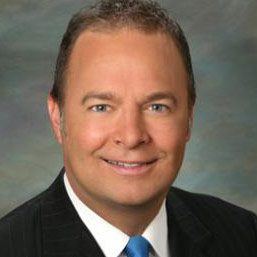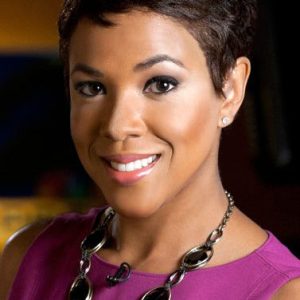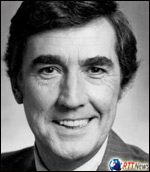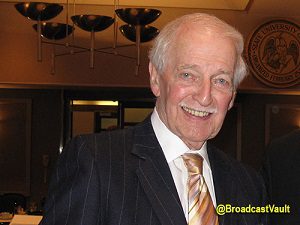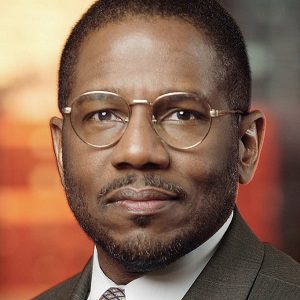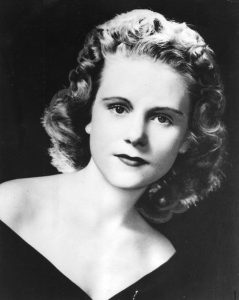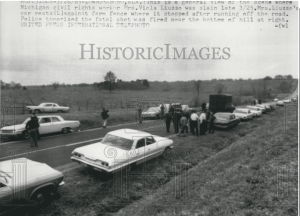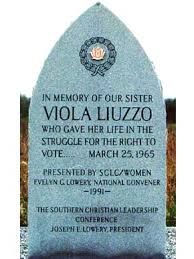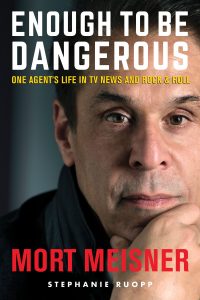When Mort Meisner set out to write his memoir, Enough to Be Dangerous, he had no idea he’d gain a friend along the path.
Mort had some reservations about the first writer he commissioned to help him with the project. When the writer decided to depart to a foreign country with no explanation, those reservations were confirmed.
Feeling slighted, and justifiably so, he wasn’t in any rush to find someone new.
And as is so often the case, he would find what he was looking for when he wasn’t actually searching.
A Chance Encounter
One morning, Mort went to his usual café to grab a coffee before work. A small group of friends was sitting on the patio; a group he nodded to and smiled at every morning. Being the quintessential “people person” that Mort is, he finally introduced himself.
They were warm and receptive and welcomed him to join them.
Among them was a former drug counselor, a musician, and… a writer. He felt he’d stumbled upon something really good. And he had. Not only would he cull some amazing bonds and friendships within the group, but he’d unwittingly stumbled upon the writer who would help him pen his memoir.
Making the Connection
Mort was quick to form a connection with the writer, Stephanie Ruopp. He needed someone to write posts for both his agent business and cannabis marketing business blogs. She was happy to oblige.
Meanwhile, he joined the group each morning before work for coffee. And as his professional relationship and personal friendship with Steph continued to grow, it dawned on him that she could be the one to help him with his story.
He asked if that would be something of interest and she was open to the opportunity. They decided upon a trial run to see if they “clicked” well during the writing process.
They did.
Writing a Memoir Takes Courage
Steph soon discovered that Mort had a wealth of amazing stories about his life in the news industry and as a rock and roll promoter. They were stories that would wow people at parties. And they would certainly be a great part of the book.
But there had to be more than just those.
Steph noticed that Mort also talked frequently about the “funny” things his father said to him as a child about being lazy or generally worthless. Except they weren’t funny at all. They were cruel.
From the memoir:
My dad was clearly depressed. I see it now. But as a child and teenager, he just seemed crazy and out of control. Even in later years after we left Detroit to live in the suburbs, he sometimes got very dark and headed to the attic. First he pulled down the creaky stairs, then he began to heft his heavy body up them.
“Where are you going?” I asked.
“I’m going up to the attic to hang myself,” he responded. “Do you want to come?”
I always laughed. But it wasn’t funny.
There was also physical abuse. And though the relationship with his mother was marginally better, there was verbal abuse on her part as well. All of this, while growing up in poor Detroit neighborhoods in the racially tense 1960s.
These were the stories that also needed to be in the book. But it was tough.
As Mort began to convey more of these stories to Steph, those old feelings from childhood crept back in and surfaced. It was as if he were experiencing the trauma all over again. And to some extent, he was.
Deciding What to Disclose
Obviously, Mort found it difficult to share the stories about his parents and the abuse he suffered during childhood. Yet Steph kept gently encouraging him to explore those stories and include them in the memoir. After all, they were an inherent part of Mort’s life story and pivotal in making him the person he became.
He had to agree.
There was another aspect of his life he wasn’t sure he was ready to share, however. In fact, he didn’t know that he ever wanted to share it. And that was his cocaine use.
It was something he hadn’t yet disclosed to his adult children.
Meanwhile, as the months wore on, Steph and Mort continued to grow their friendship – meeting with the group every morning for coffee. He continued to support her and connect her with others who needed her writing services, and she, in turn, used her training as a life coach and yoga instructor to offer ways for Mort to cope with his dark past so they could keep forging ahead.
They trusted each other implicitly. And this made their collaboration all the easier.
Eventually, Mort told his children about his cocaine use and included it in the book. It was agonizing at times and he struggled with the usual feelings of shame and regret. But as is often the case with such admissions, it was also incredibly liberating.
A Bond That Can’t Be Broken
Mort and Steph had no idea what to expect as they embarked on the journey to write Mort’s memoir nearly two years ago. And there have certainly been plenty of other valuable players along the way that were essential in making the book a reality.
But at the end of the day, working together to tell Mort’s story enabled them to forge a solid and enduring friendship. Even now, in the freezing cold of winter in the middle of this pandemic, it’s not unusual to find that same small group, bundled up, seated six feet apart, and drinking coffee in a tent.
And central among them are Mort and Steph – forever grateful for their bond that can never be broken.
Mort Meisner Has Lived a Rich Life
If you’re interested in reading the fruits of Mort’s and Steph’s labor of love, pick up a copy of Enough to Be Dangerous today.
You can purchase it from independent sellers such as Paper Trail Books in Royal Oak or Book Beat in Oak Park. You can also purchase it on Amazon.
It’s the perfect read for over the holidays!
 And if you were going to work at a station that Mort Meisner was managing, then you were expected to meet up to (and beyond, ideally) his high expectations. Craig Negrelli was one of those people who rose to the occasion.
And if you were going to work at a station that Mort Meisner was managing, then you were expected to meet up to (and beyond, ideally) his high expectations. Craig Negrelli was one of those people who rose to the occasion.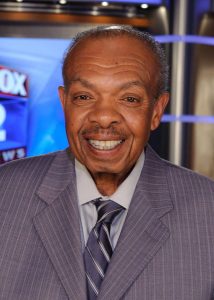 Such was the case with Al Allen, who
Such was the case with Al Allen, who 